The Built Environment Innovation Challenge (Version 1.00)
A Challenge Curriculum for Project Based Learning Through Innovative Built Environment Project Development.
The organization of this challenge curricula is inspired by the practical 7 phase model described by Amber Graeber on edutopia.org. Buck Institute for Education is another source of information on quality project based learning experiences.
- Validation, planning, and development of sustainable, viable, built environments is a primary focus.
- Mentored students attempt to solve engaging, real world problems that consider innovative built environment solutions.
- Authentic roles that students may take on during this project based learning experience include:
- Property owner/manager
- Designer/architect/engineer
- General contractor/builder/construction manager
- Mentored students may work collaboratively doing Building Information Modelling (BIM) to envision solutions and prepare integrated collaborative execution agreements to deliver them.
The phases of a Built Environment Innovation Challenge are:
- Phase One: A Driving Question Question About The Built Environment
- Phase Two: A Built Environment Requirement & Opportunity for Innovation
- Phase Three: Developing Subject Matter Expertise to Meet the Requirement
- Phase Four: Design and Development of a Built Environment Project Proposal
- Phase Five: Debriefing the Built Environment Project Proposal
- Phase Six: Responding to the Driving Question About The Built Environment
- Phase Seven: Summative Assessment
The content of this challange curriculum is inspired by the National Institute of Building Sciences' Science Technology Engineering and Math (STEM) program for Sustainable Facilities and Infrastructure in Constrained Environments (SuFICE) as well as Integrated Project Delivery resources and guidance from built environment industry professionals.
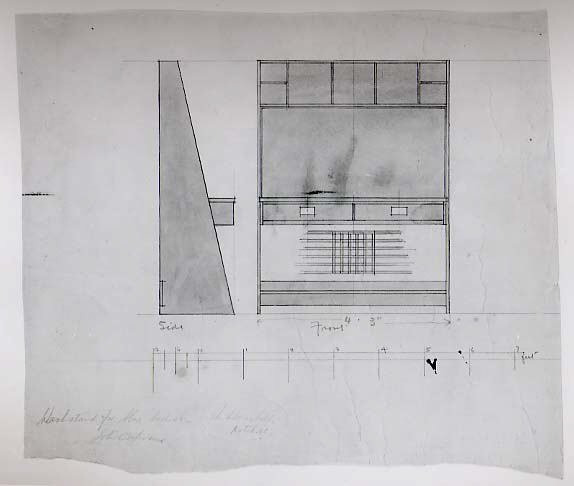
Phase One: A Driving Question Question About The Built Environment
Built environment innovations, large or small, start with a expressed requirement. In this context, a requirement refers to a need or a want for repair, maintenance, modernization, re-purposing, or an entirely new improvement at a specific location. It can be expressed (or communicated) through content such as text, diagrams, maps, etc. that concisely captures the "5W's":
- Where is the requirement?
- What is the requirement?
- Who is expressing or has an interest in the requirement?
- When was the requirement identified or discovered?
- Why is it a requirement?
Students or members of the public can share 5W's about requirements on BEIC's requirements input form. This content informs "the driving question" that initiates a Built Environment Innovation Challenge:
What are three viable alternatives (choices or possible solutions) you think would meet the expressed requirement and what do you think makes them viable, and preferable to a "do-nothing" alternative?
The first experience for all students participating in a Built Environment Innovation Challenge is to capture (in written form) the expressed requirement. After thinking about and discussing the expressed requirement, the students then write their initial responses to the challenge question. Subject matter experts from built environment related professions and trades review these responses. They then assess the range of knowledge-levels among participating students, and plan a charrette for students (assuming roles such as property-owner/manager, designer/builder, or regulator/permitting-authority, etc.) to participate in during the culminating challenge phase of a Built Environment Innovation Challenge.
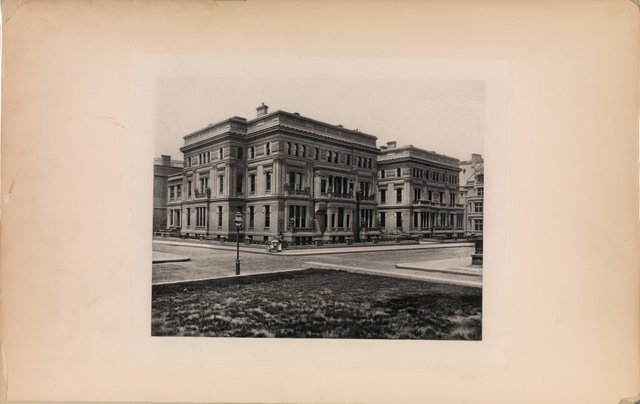
Phase Two: A Built Environment Requirement & Opportunity for Innovation
The challenge for students on integrated collaborative project teams is to plan and virtually develop a viable built environment solution that addresses the driving question and aspires to meet the expressed requirement. Teams will consist of::
Real property owner’s representatives (e.g. land, facilities, and infrastructure managers for public or private owners)
Designers (e.g. architects, engineers, planners, and artists)
Constructors (e.g. construction managers and trades, engineers, landscapers, mechanical & electrical technicians, plumbers).
For a Successful Outcome...
For a successful outcome you will need to present preliminary deliverables of a built environment solution that:
Captures the expressed requirements and addresses viability from a life-cycle perspective.
Is used to communicate to permitting agencies for approval & local stakeholders for comment.
Integrates viability, sufficiency, functionality, aesthetics, resilience, and sustainability.
For a very successful outcome, your team will translate your successful outcome into a draft collaborative agreement to actually fund and execute your built environment solution.
For an extremely successful outcome your team’s draft collaborative execution agreement will contain a specification that will foster efficient information exchange all the way through the long term performance measurement of your built environment solution.

Phase Three: Developing Subject Matter Expertise to Meet the Requirement
There are key concepts in 3 broad categories of subject matter that we’ll need to develop in phase 3 of the Built Environment Innovation Challenge in order to successfully do our culminating challenge in phase 4. These broad subject areas are:
1. Key Stakeholders & Roles:
- Owners, owners representatives, managers, and operators.
- Architecture, Construction, and Engineering Professionals and Technical Specialists.
- Permitting authorities.
- Members of the community and general public.
2. Planning, Project Development, Design, and Delivery
- Open Source Methodology (germane to built environments).
- Integrated and Collaborative Design and Project Execution Agreements.
3. Built Environment Project and Asset Management
- Built Environment Information Modelling and Workflow.
- Life-cycle Information Exchange.
Content for each of these sections will be posted on the student project team's slack channel in order to facilitate input from mentor subject matter experts from the built environment industry, and the completion of the action items the student project team will need to do in order to develop expertise.
Action Items: Estimated duration 10 days
Student Action: With your mentor, discuss each of the general roles that key stakeholders play and what you think their respective interests are.
During the Built Environment Innovation Challenge students may be working in one or more of these roles. Mentors will work with students in school and on their project’s slack channel site as you develop expertise. Students take some time to summarize on the first day what they think the individual and collective interests of the stakeholders on their project team are as they work together on a project.
Mentor Action: Facilitate this discussion among students. If you haven’t already done so have students read and summarize an initial answer to the driving question in phase 1 and review & discuss the introduction to the culminating challenge of phase 2. Enter the summarized business interests your students came up with on the project slack channel.
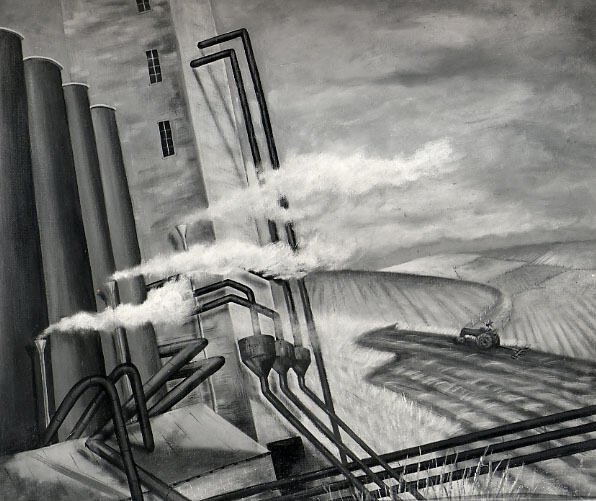
Phase Four: Design and Development of a Built Environment Project Proposal
During the previous (subject matter expertise development) phase, students gained familiarity with the stakeholders, design & modelling tools & technology, and collaborative execution agreements that can deliver a built environment project. In the process of developing expertise the students (working alongside mentors) have also generated documentation and other content to support validation of the project concept. In this phase students continue work alongside mentors to validate, refine, and integrate this content into a business case and draft execution agreement to actually deliver the most viable built environment solution alternative that meets the expressed requirement.
In order to complete this culminating challenge phase, the students presenting their proposed built environment solution's business case and model content to a panel of built environment industry subject matter experts, like the mentors they've already been working with. During the presentation the panel will consider the team's:
- Model Content: Is it robust enough for the panel to clearly visualize the built environment solution the team has proposed?
- Business Case: Does the team's project financial pro forma and supporting information support validity and viability?
- Compliance: Is the scope of the team's project permissible in the proposed location?
- Achievability: Does the team's draft agreement support a collaborative and high performing project?
The panel will have an opportunity to ask questions about each of these elements as well as the team member's understanding of the basic Scientific, Technological, Engineering, Artistic, and Mathematical (STEAM) principles that under-gird their proposed solution. The panel will rate the project (1-10) on its overall presentation performance and students in their respective individual roles (1-10) and contribution (1-10) on the team. They will also take qualitative notes on the relative strengths and areas for improvement in the presentation.
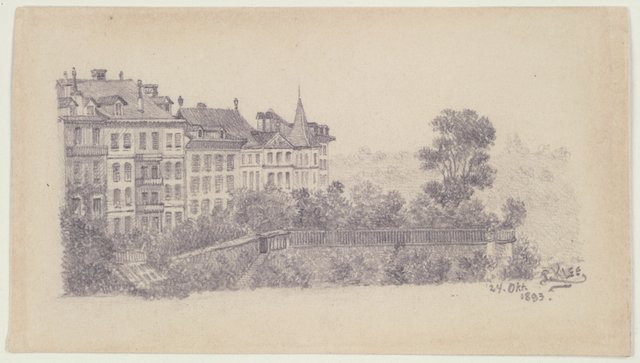
The Built Environment Innovation Cooperative (BEIC) manages educational and collaborative efforts aimed at built environment related innovations as project repositories (like this one) in GitHub.
Phase Five: Debriefing the Built Environment Project Proposal
Now that the students have presented their proposed built environment solution, it’s time for some reflection. In this phase students write up their own personal assessment of their project's (1) strengths and (2) areas for improvement in each of the elements of their culminating challenge presentation of phase 4. The students and the panel of Subject Matter Experts SME’s then compare these notes on the relative strengths and potential areas for improvement they observed and discuss where your perceptions and observations may differ and why. -also what next step students might take to continue to improve their project and/or performance on the team.
The debriefing phase should be held, time permitting, on a day after the culminating challenge. However, students and panel members should write down their reflections as soon as possible after doing the culminating challenge, preferably within a week. This phase is meant to capture the value of reflection reflection after the challenge of phase 4, but should be done soon enough so that participant memory is relatively fresh.
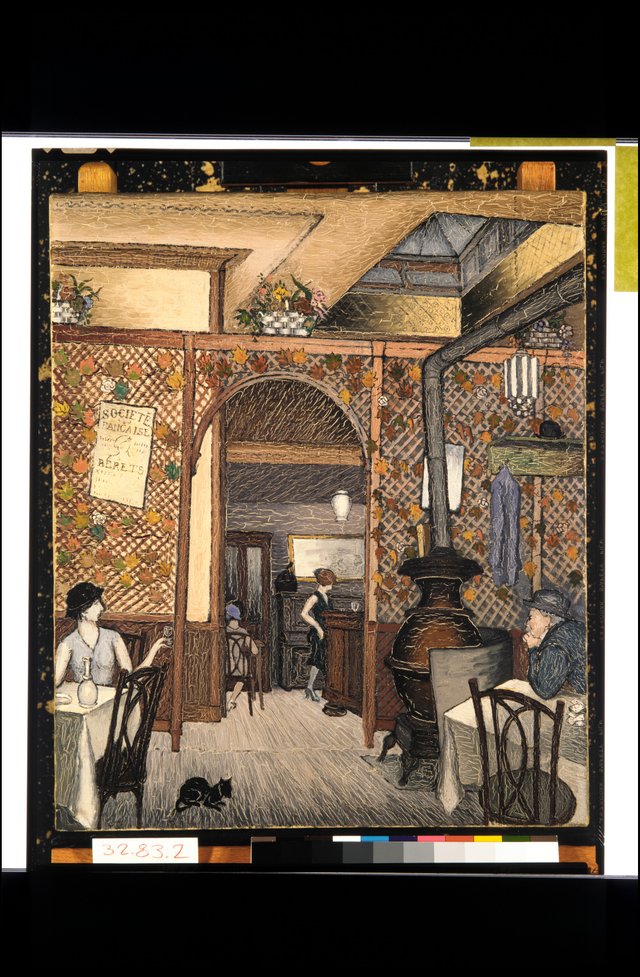
Phase Six: Responding to the Driving Question About The Built Environment
Recall that when the students started this effort they considered that built environment innovations, large or small, start with a expressed requirement. In Phase 1, they captured this requirement in writing and then were asked a driving question about what solutions alternatives they might plan, develop, and implement. In this phase students take a moment to write a concise response to that same expressed requirement and driving question again. When the students have completed this response, they compare their responses and summarize the differences from their initial response in writing.
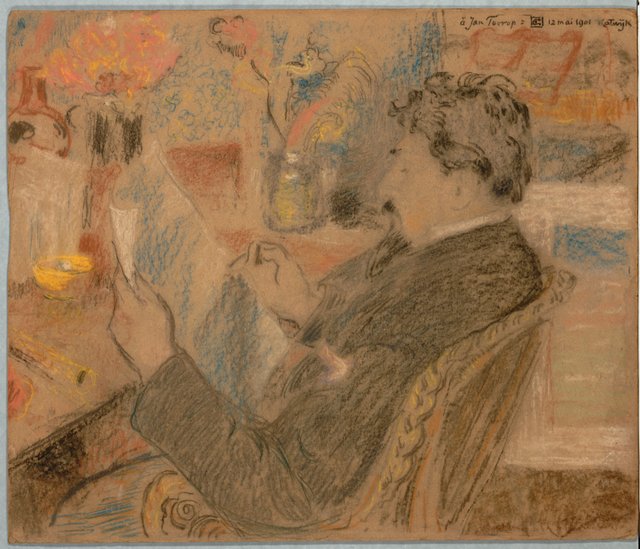
Phase Seven: Summative Assessment
The summative assessment is a measure of student learning and achievement of overall learning objectives of this Project Based Learning (PBL) experience. It depends mostly on student contribution in phases 3 and 4 and content in their respective slack project site. The summative assessment should be weighted as follows:
- Demonstrated knowledge of supporting Scientific, Technological, Engineering, Artistic, and Mathematical principles (25%).
- Project presentation and performance in individual role during the presentation as rated by the panel (25%).
- A written exam covering the high level concepts presented in the subject matter expertise phase and the major supporting STEAM principles of your project (25%).
- Overall attendance and contributions to the project (rated 1-10) as the average rating of your team and teacher (25%).
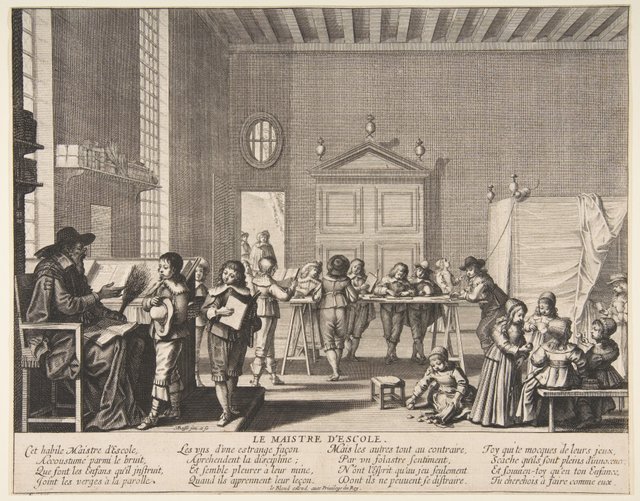
Contribute Content:
The Built Environment Innovation Challenge is managed by the Built Environment Innovation Cooperative (BEIC) on GitHub. BEIC manages other educational and collaborative efforts aimed at built environment related innovations as project repositories (like this one) on GitHub.
Open Source projects in repositories managed by BEIC generally follow the "GitHub Guides" content on "Contributing to Open Source on GitHub".
Please check this content out at the URL below:
https://guides.github.com/activities/contributing-to-open-source/
Thanks for your interest and use this content as your guide for being an effective contributor on open source built environment innovation projects.
License:
Unless otherwise noted, all content associated with Built Environment Innovation Cooperative (BEIC) projects is licensed under an open source, 'copyleft' license: Attribution-ShareAlike 4.0 International (CC BY-SA 4.0). Attribution to be given to the entire team of contributors associated with the BEIC Project Based Learning Challenge Curriculum project.

Disclaimer:
This curriculum is for educational purposes only and is solely intended to be used as project based learning experience. This project based learning experience may or may not lead to an actual built environment or infrastructure project or related venture. Any and all projects or project ventures that may result from this project based learning experience should follow all applicable laws, codes, and regulations and are the sole responsibility of those signers party to their respective integrated project venture agreement. The Built Environment Innovation Cooperative is not party to, nor assumes responsibility for any integrated project venture agreement that may or may not result from following this curriculum or any portion thereof.
Content intended for students who are exploring the role of a construction manager with their mentors, as a part of a Built Environment Innovation Challenge is now available in its GitHub repository at the following URL: https://github.com/BEICBIM/BEICPBLChallenge/blob/master/Phase3/Stakeholders_Roles/ConstructionManager.md
More updates made. Latest BIEC project based learning challenge curriculum content is available in its entirety in its GitHub repository at the following URL:
https://github.com/BEICOOP/BEICPBLChallenge
awesome article @cecbdo! is so bad that great post like yours are not getting more awarness. Anyway, this is an awesome video of what really frugal innovation is. By the way i met this guy:
https://www.youtube.com/watch?time_continue=161&v=lA2WOgZcq_c